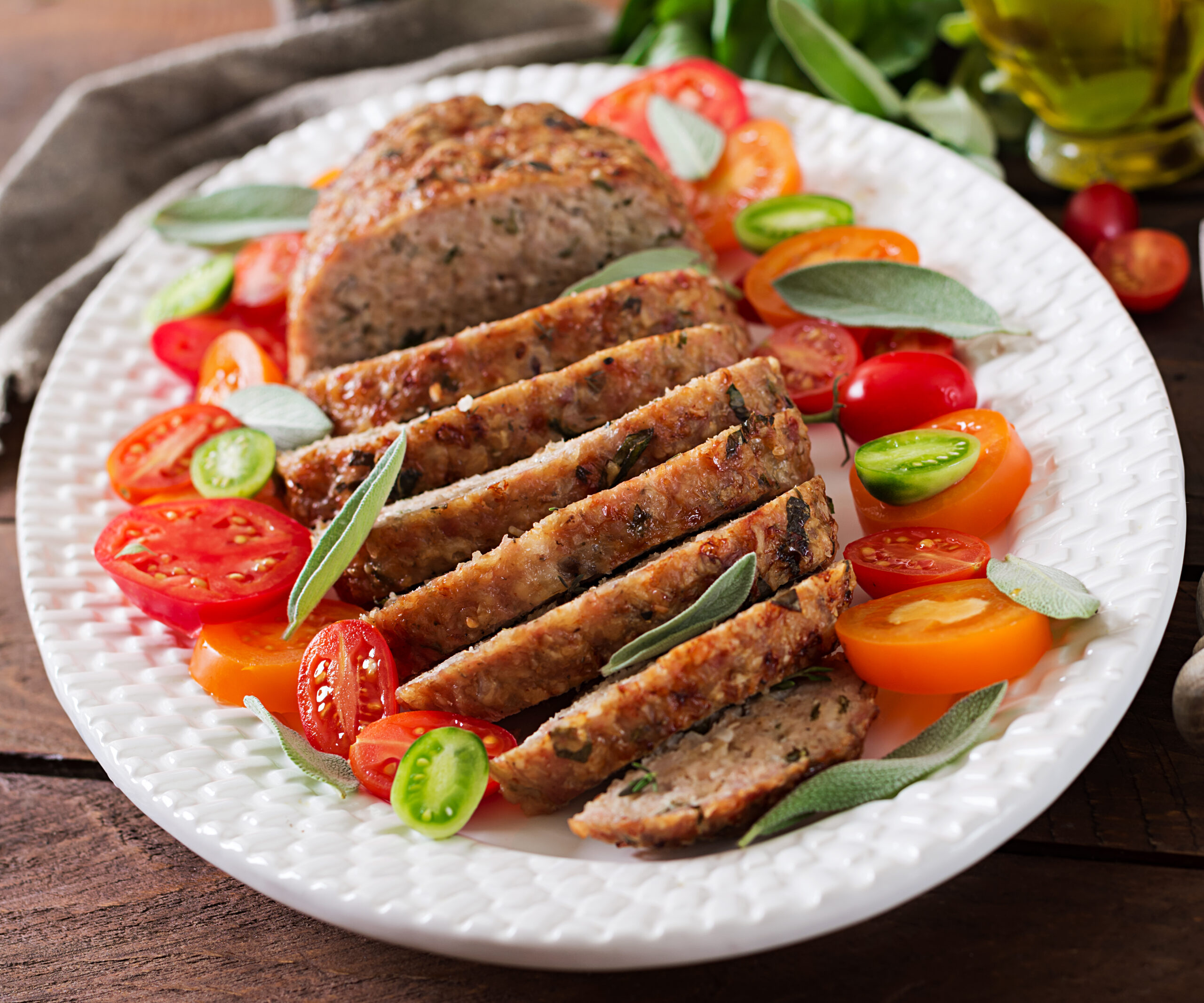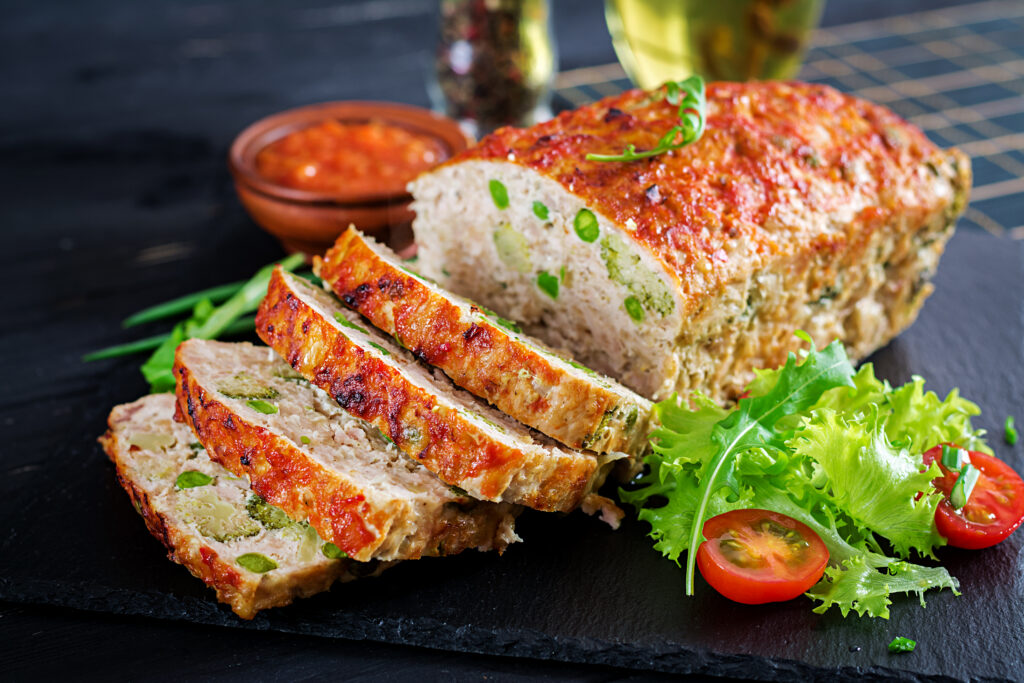- HOBBIES
Eternal Return Tier List


Turkey meatloaf is a delightful twist on a classic comfort dish, offering a healthier alternative to traditional beef meatloaf without sacrificing flavor. Perfect for busy weeknights or leisurely weekends, this dish can be tailored to suit various dietary needs and preferences. Whether you’re a seasoned cook or a beginner in the kitchen, our comprehensive guide will help you create a moist and flavorful turkey meatloaf that your family will love.

For those evenings when time is of the essence, this quick turkey meatloaf recipe is a lifesaver. With minimal preparation and a short cooking time, you can have a delicious dinner on the table in no time.
This classic recipe is perfect for those who enjoy making things from scratch. It involves a bit more preparation but results in a rich, savory meatloaf that is worth the effort.
The key to a great turkey meatloaf lies in its ingredients. Each component plays a crucial role in flavor and texture.
Choose lean ground turkey for a healthier option, or use a mix of light and dark meat for added moisture and flavor.
Breadcrumbs, oats, or crushed crackers help bind the meatloaf together. Soaking them in milk adds moisture and tenderness.
Onions, garlic, and herbs like thyme and parsley infuse the meatloaf with savory flavors. Worcestershire sauce and ketchup add depth and a hint of sweetness.
Achieving a moist and flavorful turkey meatloaf can be challenging, but these tips will ensure success.
Mix the ingredients until just combined to prevent a dense texture. Overmixing can make the meatloaf tough.
A panade, a mixture of starch and liquid, helps retain moisture. Let the breadcrumbs or oats soak in milk before adding to the meat mixture.
Allow the meatloaf to rest after baking. This helps redistribute the juices, making it easier to slice without crumbling.
Turkey meatloaf is versatile and can be adapted to meet various dietary restrictions.
Substitute gluten-free breadcrumbs or oats to make the meatloaf gluten-free. Ensure all other ingredients, like Worcestershire sauce, are also gluten-free.
Incorporate vegetables like grated zucchini or carrots to add nutrients and moisture. Use low-sodium ketchup and reduce the amount of salt for a heart-healthy version.
Even experienced cooks can encounter challenges when making turkey meatloaf. Here are some common mistakes and how to fix them.
If your meatloaf turns out dry, try adding more moisture with milk or broth. Incorporate vegetables for added juiciness.
Ensure you use enough binder, like breadcrumbs or oats. Letting the meatloaf rest before slicing also helps it hold together.
Taste the mixture before baking and adjust the seasonings as needed. Remember that ingredients like ketchup and Worcestershire sauce add flavor, so don’t skip them.
Turkey meatloaf pairs well with a variety of sides, making it a versatile main dish.
Serve with mashed potatoes and green beans for a traditional meal. A simple salad or steamed vegetables also complement the flavors.
For a contemporary touch, serve with quinoa or roasted sweet potatoes. A tangy coleslaw can add a refreshing contrast to the savory meatloaf.
Proper storage ensures your turkey meatloaf stays fresh and delicious for later meals.
Store leftover meatloaf in an airtight container in the refrigerator for up to four days. Slice it before storing for easier reheating.
Wrap individual slices in plastic wrap and place them in a freezer-safe bag. Freeze for up to three months. Thaw in the refrigerator before reheating.
Reheating turkey meatloaf correctly maintains its texture and flavor.
Preheat the oven to 275°F (135°C). Place slices in a baking dish, cover with foil, and heat for 15-20 minutes.
Place a slice on a microwave-safe plate, cover with a damp paper towel, and heat on medium power for 1-2 minutes.
Worcestershire sauce is a secret weapon in turkey meatloaf, providing umami and complexity.
This fermented condiment adds a savory depth that enhances the flavors of the meat and other ingredients. A tablespoon or two is enough to make a noticeable difference, balancing the sweetness of ketchup and the richness of the turkey.
The choice between a loaf pan and a baking sheet can affect the texture and presentation of your turkey meatloaf.
A loaf pan creates a compact shape and retains moisture but may result in a slightly denser texture. It’s ideal for a traditional presentation.
Shaping the meatloaf by hand and baking it on a sheet allows for more even cooking and a crustier exterior. This method is great for those who prefer a less dense loaf.
Enhance your turkey meatloaf with creative add-ins that boost flavor and nutrition.
Incorporate grated carrots, zucchini, or bell peppers for added moisture and nutrients. These vegetables blend seamlessly into the meatloaf.
Fresh herbs like basil, oregano, or cilantro can add a unique twist. Experiment with different combinations to suit your taste.
Turkey meatloaf offers distinct advantages over its beef counterpart, making it a popular choice for health-conscious cooks.
Turkey is leaner than beef, resulting in a lower fat content and fewer calories. It also has a milder flavor, allowing spices and herbs to shine. While beef meatloaf is rich and hearty, turkey meatloaf provides a lighter, more versatile option that’s perfect for a variety of palates.